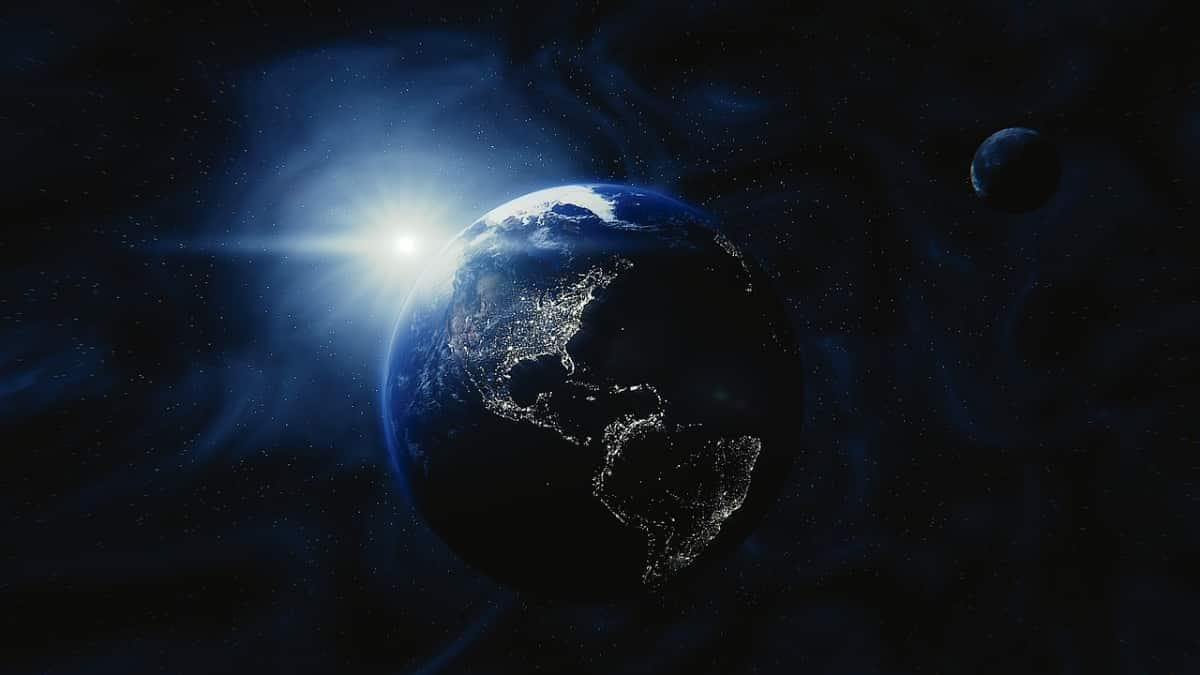
Solar storm opens 'two-way highway' to Earth, ignites rare auroras
What's the story
In an unusual cosmic event, a "two-way highway" was formed between Earth and the Sun, facilitating the exchange of charged particles. This rare occurrence resulted in spectacular auroras lighting up the skies over Arizona and Arkansas in the US, as well as parts of Australia and New Zealand. The event took place on April 24, 2023, when charged particles from the Sun temporarily deactivated Earth's bow shock.
Cosmic connection
Solar wind's plasma-rich component caused the event
The formation of this "two-way highway" was due to a plasma-rich component of solar wind known as a coronal mass ejection (CME). This CME travels faster than magnetic waves called Alfven waves, which move through plasma at a speed known as the Alfven speed. During the April solar eruption, NASA's Magnetospheric Multiscale spacecraft observed unusually fast CMEs leading to the temporary disappearance of Earth's bow shock.
Magnetic link
Alfven 'wings' magnetically connected Earth to the Sun
NASA explained that the Alfven "wings" magnetically connected Earth to the erupted part of the Sun. These wings are named after Hannes Alfven, a Swedish physicist and Nobel laureate, who theorized about auroras and described them as resulting from charged particles from the Sun entering Earth's atmosphere via its magnetic field lines. The spacecraft's instruments recorded plasma being released from Earth and entering the Sun for nearly two hours.
New findings
NASA gained unprecedented insights about Sun-Earth connection
NASA stated that this event provided "unprecedented insights about the Sun-Earth connection." The phenomenon is rare on Earth but common elsewhere in the universe. For example, similar magnetic highways transport charged particles from Jupiter's moons Io and Ganymede to the gas giant, sparking stunning auroras. These findings were published in a paper on July 24, 2024, in the journal Geophysical Research Letters.